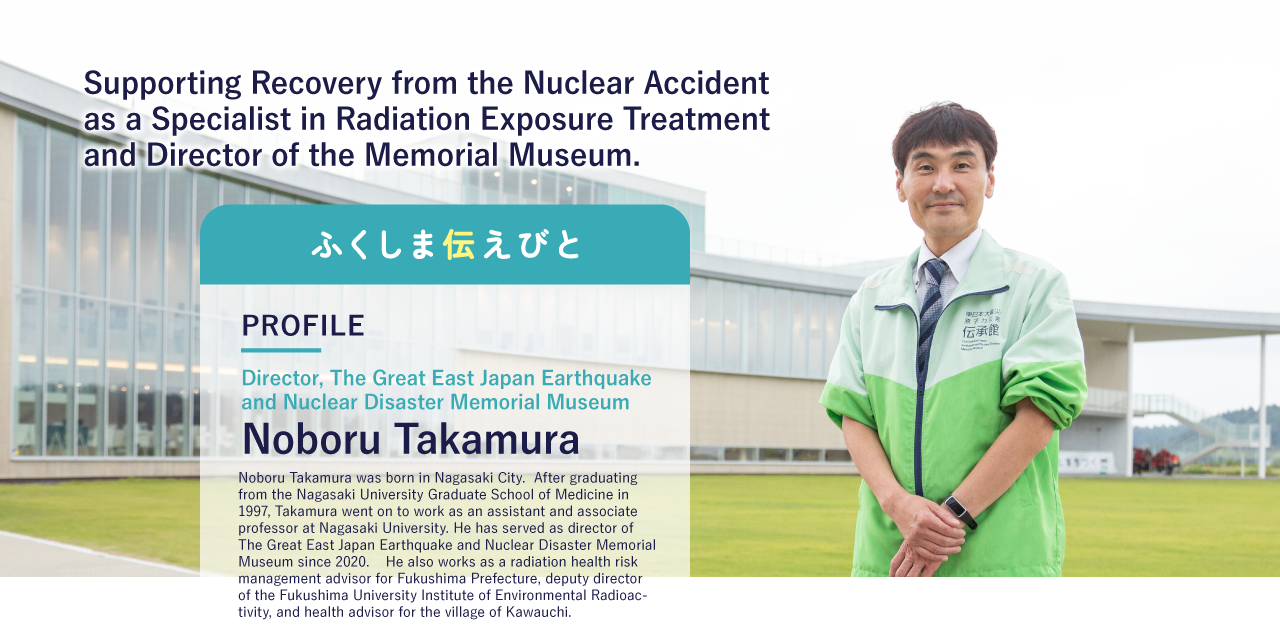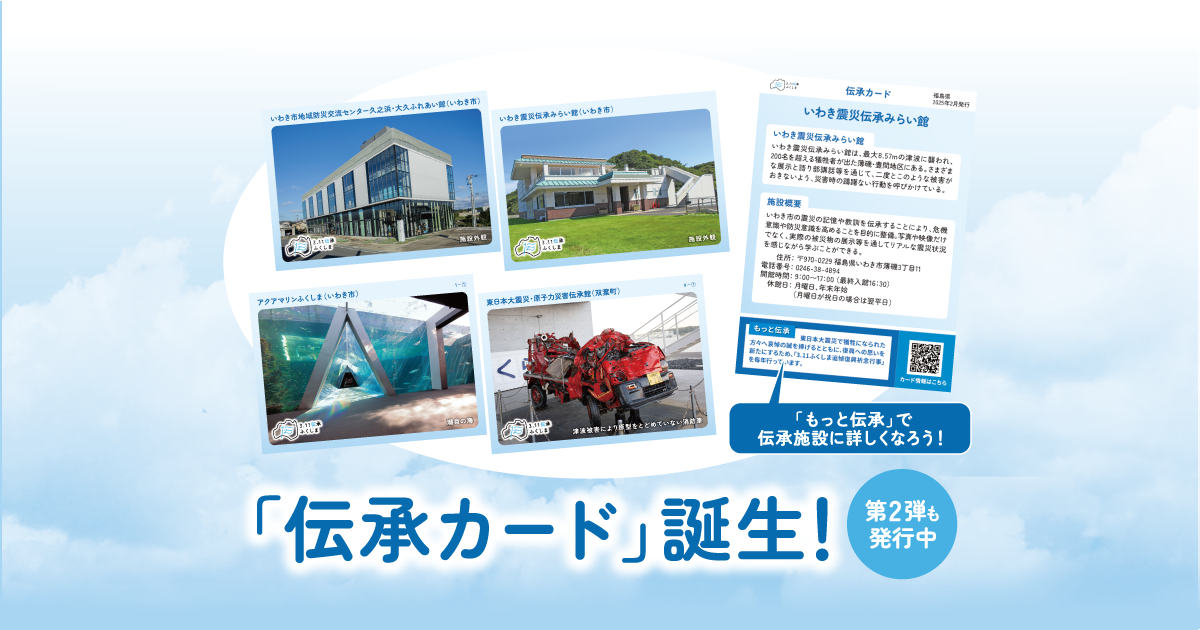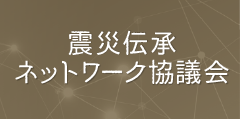
The Memorial Museum Has Welcomed More Than 250,000 Visitors Since Its Opening.
The Museum’s Director Is a Specialist in Radiation Exposure Treatment.
The Great East Japan Earthquake and Nuclear Disaster Memorial Museum opened in September 2020, and this autumn celebrates its 3rd anniversary. To date it has welcomed more than 250,000 visitors. Director of the museum is Noboru Takamura, a professor at Nagasaki University and a specialist in radiation exposure treatment. Looking back at his appointment, Takamura says, “I am not a historian, and so I was surprised to be approached by the prefecture regarding the position of museum director.” Immediately after the disaster, an emergency medical support team of doctors and nurses was dispatched from Nagasaki University, but with locals from the prefecture struggling to understand the effects of radiation, it was a time of heightened anxiety and fear. Takamura’s close ties with Fukushima Prefecture began when he was asked to work as a radiation health risk management advisor and host information sessions on radiation in various locations throughout the prefecture. “Radiation can be measured. It is important to understand what it is and fear it correctly. This is something I have consistently communicated since the outset,” says Takamura.

A permanent exhibit room at the Memorial Museum. It displays records and describes the reconstruction process following the devastating disaster involving the Great East Japan Earthquake and the ensuing accident at the Fukushima Daiichi Nuclear Power Plant.
A Hub for Exchanging Knowledge on the Nuclear Disaster.
A Platform to Bring People’s Ideas Together and Communicate History.
How, then, did a doctor responsible for teaching locals about radiation come to be the director of the Memorial Museum? “As in the museum’s name, a nuclear disaster is something that can have a major impact on people’s lives. As a doctor specializing in radiation exposure treatment, I took on the role to play my part in assisting the area’s recovery and to help people in whatever way possible,” says Takamura. While there are many other memorial and historical facilities both inside and outside the prefecture, only the Memorial Museum specializes in the nuclear disaster and has collected and researched around 280,000 pieces of material and created approximately 200 permanent exhibits. Moreover, storytellers hold talks four times a day to enable visitors to hear people’s real experiences of the disaster first-hand. More than 12 years have passed since the disaster and memories have started to fade. Of course, newer and younger generations will have no experience of the disaster. Takamura says, “Many parents and teachers will have a strong desire to communicate their own experiences to their children. I think this is one of the biggest reasons why many people come to visit.” The Memorial Museum is a hub for exchanging knowledge that brings together and builds a framework for important records and memories. The more people get involved in both communicating and learning about this history, the less the memories will fade. This in turn will ensure our learnings are passed on to future generations.

The museum is developing young storytellers to focus on future communication. From left, Wakana Yokoyama, Noboru Takayama, and Mirai Endo.
The Significance of the Museum’s Location in Futaba Town.
The role of the Memorial Museum is not only to communicate memories of the disaster. “When visiting the museum, in addition to seeing the exhibits and hearing stories, please also see the Futaba town of today,” asks Takamura. Futaba town, where the museum is located, was designated as a difficult-to-return zone after the disaster and nuclear accident, and for 11 years and 5 months was the only place in Fukushima Prefecture where a town-wide evacuation order was in place. On August 30, 2022, evacuation orders were lifted in Japan’s Specified Reconstruction and Revitalization Base Areas, one of which was Futaba, and residents began to return. However, much of Futaba town is still a difficult-to-return zone. On route to the Memorial Museum, for example, there are still homes that are inaccessible and open plots of land where buildings have been torn down. Even within the same prefecture, in some areas there are no traces of the disaster whatsoever, while in others it is still not possible to return. This significant gap between phases of reconstruction is characteristic of the nuclear disaster and the current state of affairs in Fukushima Prefecture. Takamura says, “The effects of the disaster have not ended. This is what I want people to understand. From my position, I’ll do everything I can at the Memorial Museum to watch over Fukushima’s continued recovery.”

Takamura talking about the significance of the museum being in Futaba town.
The Great East Japan Earthquake and Nuclear Disaster Memorial Museum
〒979-1401
39 Takada, Nakano, Futaba-machi, Futaba-gun, Fukushima Prefecture
TEL:0240-23-4402



